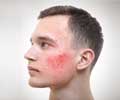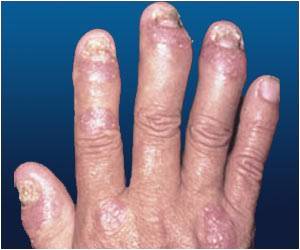Racial and ethnic groups can be underrepresented in medical research. So what is the makeup of participants in clinical trials of common dermatologic conditions?

‘Journals and funding sources can reinforce our diverse clinical trial population by continuing to prioritize racial, ethnic, and genetic diversity within the articles they fund and publish.’





Of the 626 articles, 97 studies were exclusively conducted in the
United States and 164 were partially conducted in the United States; 58
of the 97 studies conducted exclusively within the United States
reported on the racial and ethnic demographics of study participants.Among those 58 studies conducted exclusively within the United States that recorded race/ethnicity, 74.4% of the 13,681 participants were white. Among these studies, 46 noted racial categories other than white and nonwhite for a total of 11,140 participants, of whom 72% where white, 13% were African American, 14.7% were recorded as Hispanic and 3.3% were recorded as Asian.
"While those trials that fully characterized race achieved recruitment of a proportional number of African American participants (compared with the U.S. population at 13%), those same trials did not achieve such proportionality with respect to ethnicity. Although 17% of the population identifies as Hispanic by ethnicity, only 14.7% of participants in those same studies identified ethnically as Hispanic. Moreover, the dearth of full reporting of ethnicity and race suggests that the actual racial and ethnic makeup of many studies may be decidedly more homogenous," according to the article.
Articles about eczema and acne were more likely to include more than 20% racially/ethnically diverse participants than psoriasis studies, the authors report.
The review concludes, "Journals and funding sources can reinforce our diverse clinical trial population by continuing to prioritize racial, ethnic, and genetic diversity within the articles they fund and publish; requiring reporting of racial and ethnic data in all dermatology RCTs will lead us even further. These combined efforts will enable dermatology to be an example within medicine for how to best achieve diversity within research and, by extension, clinical practice."
Advertisement














